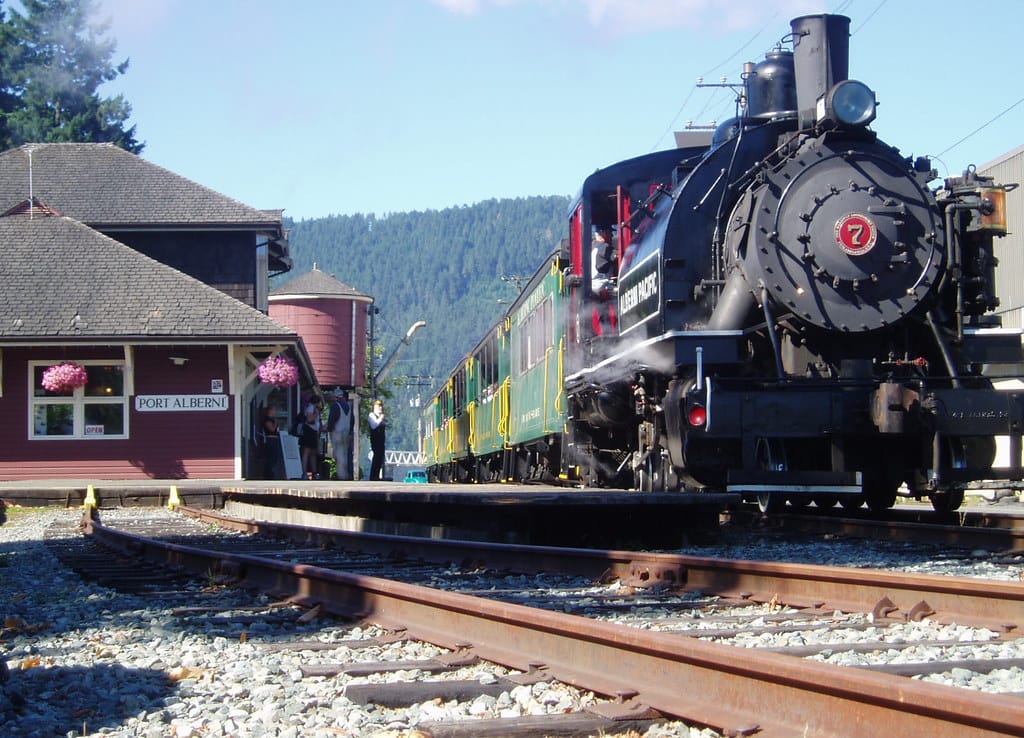
The Weardale Railway, located in County Durham, England, has a history deeply intertwined with the industrial development of the North East. Its origins date back to the early expansion of the Stockton & Darlington Railway (S&DR), which sought to exploit the mineral wealth of Weardale. In November 1843, the Bishop Auckland & Weardale Railway opened from Shildon Junction to Crook, operated by the S&DR. This was followed by the Wear Valley Act of 1845, which authorized a line from Witton Junction to Frosterley, including a branch to Bishopley. The line reached Frosterley in August 1847, and in 1862, the Frosterley & Stanhope Railway extended it to Stanhope, primarily to access the limestone-rich Newlandside Estate. The final extension to Wearhead was completed in October 1895, creating a 25-mile route from Bishop Auckland through the Wear Valley.
The railway was instrumental in transporting limestone and other minerals to Teesside’s ironworks. Numerous sidings served quarries such as Parson Byers, Rogerley, and Cambokeels, and the line also supported lead and whinstone industries. Passenger services were withdrawn in 1953, though freight operations continued, notably serving the Eastgate cement works from 1964. The freight service to Wearhead ended in 1961, and the line west of Eastgate was progressively closed, with the final freight train running in 1993. British Rail considered lifting the track, prompting local concern and action.
In response, the Weardale Railway Preservation Society (WRPS) was formed in 1993 to prevent the line’s removal and promote its future. This group evolved into the Weardale Railway Trust, which provided legal protection and coordinated volunteer efforts. With support from Durham County Council and other stakeholders, Weardale Railways Ltd was established and reopened the Stanhope–Wolsingham section in 2004. Despite early financial difficulties, the line was rescued by Ealing Community Transport in 2006 and later acquired by British American Railway Services, a subsidiary of Iowa Pacific Holdings, in 2008.
The railway was reconnected to the national network in 2009, and regular passenger services resumed in 2010 between Bishop Auckland and Stanhope. In 2020, ownership transferred to The Auckland Project, a charitable organization aiming to revitalize the line and enhance its community impact. Today, the Weardale Railway operates as one of Britain’s longest preserved standard gauge heritage lines, offering scenic journeys and themed events while preserving the legacy of industrial rail transport in the region.
This historical summary was generated using AI and incorporates information from sources including the Weardale Railway Trust, Wikipedia, and Co-Curate.